Water volumes, the role of low drift technology and 3* rated nozzles
|
To speed up spraying times there may be the urge to reduce water volumes. However, in our experience, reducing water volumes on perennial grassland weeds such as docks, can reduce both efficacy and root kill due to leaves being scorched by the higher concentration of chemical, resulting in reduced uptake into the plant and roots.
Reducing water volumes and increasing chemical concentration can be illegal, as the concentration is part of the registration for the product. For optimum levels of weed control we recommend using the water rates detailed in the table below:
|
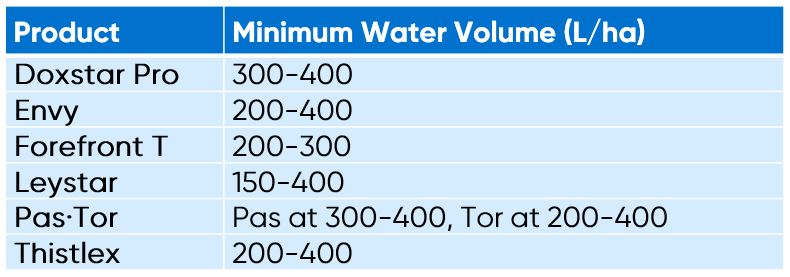
|
Achieving good spray coverage is also important for getting enough of the active ingredients in the herbicides onto the leaves. Corteva Agriscience will support a water volume down to 200 litres/ha if the appropriate low drift nozzle is being used.
|
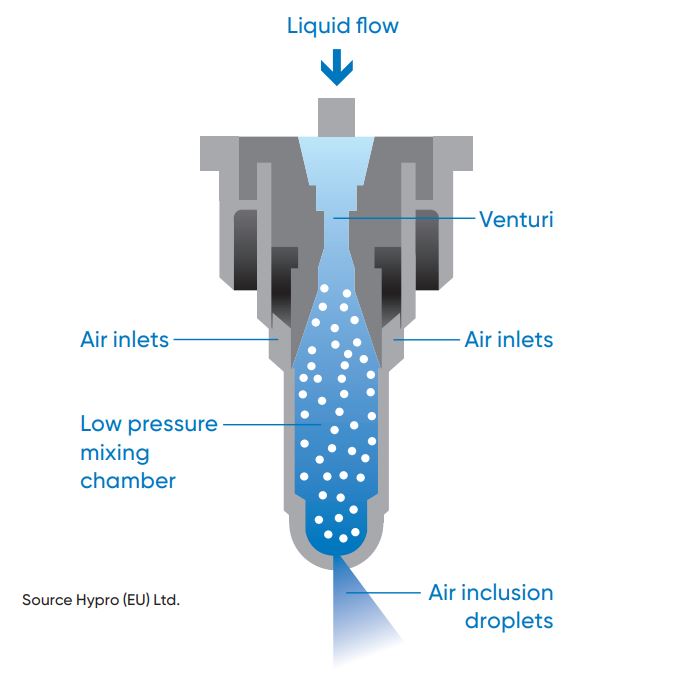
|
Benefits of using low drift nozzles:
- Up to 75% reduction in spray drift
- They can support a reduction in aquatic buffer zone for LERAP B rated products (3-Star Rating)
- Improved spray coverage on the target weeds
- Better product performance
- A greater area treated per spray tank
- Up to 50% reduction in water used
See the Spraying Low Water Volumes in Grassland video in the ‘How To’ section of the Corteva Forage App, which you can download here.
|
Sycamore seedlings in equine paddocks
|
We sent out an update on this two weeks ago but as this is a key topic at the moment, we would like to highlight the importance again.
Springtime typically sees flushes of sycamore seedlings in pony paddocks. Some sycamore seedlings contain the toxin, hypoglycin A, which when eaten by horses or ponies, can cause the sometimes-fatal condition equine atypical myopathy.
Sycamore* is not a label weed for Corteva’s grassland herbicides, but spot treatment with Grazon® Pro or the new Grazon® Spot, or a boom spray with Doxstar® Pro will give control of sycamore seedlings. For paddock owners who do not hold NPTC sprayer qualifications, then the amateur product SBK Brushwood Killer will give good control. Alternatively, they can employ a spray contractor to treat paddocks for them with a professional use herbicide.
Horse owners need to be aware of the consequential extended grazing intervals needed following the treatment of sycamore seedlings. As with the chemical weed control of ragwort, it is necessary for the weed to have died and rotted down completely before animals graze the field again. Please note that toxins have been reported as being found in dead plant material up to 6-8 months after treatment.
*Any recommendation for off-label or anecdotal control is only indicative and should not be considered a recommendation for use on the part of Corteva Agriscience. The user assumes full responsibility for use on these weeds.
|
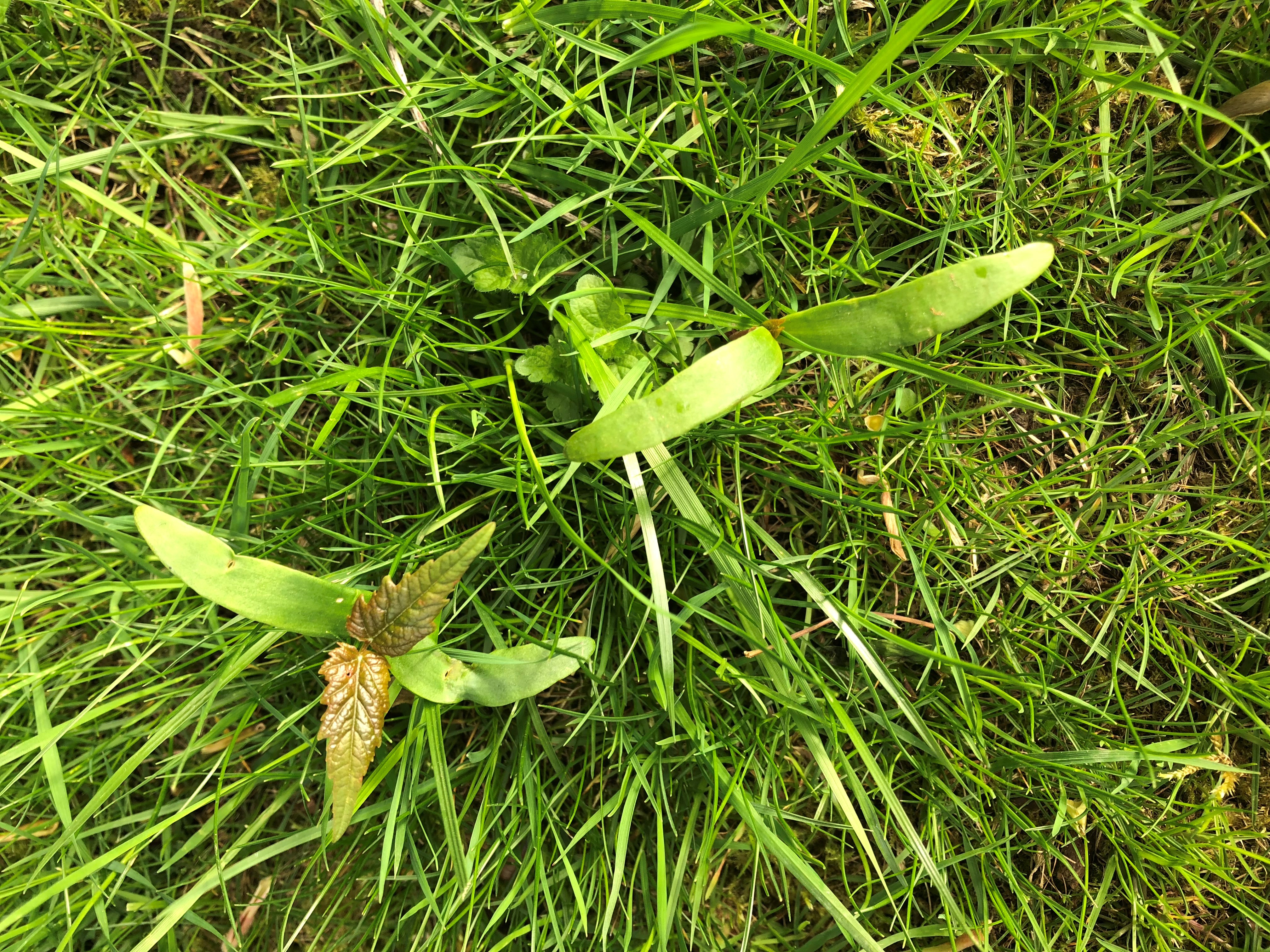
|
Forage App - a key feature profile
|
Not sure when to spray your docks and thistles? Timing is critical for good weed control. Whether too big or too small, if weeds are not the correct size for spraying, an optimum kill will not be achieved. A common mistake is to spray too early when leaves are small and inadequate amounts of spray are taken up to kill the roots. Spray too late after weeds have gone to head and the same is true – not enough chemical reaches the roots. Both result in a lesser level of root kill than otherwise would be the case. For guidance on ideal spray timing download the Corteva Forage App for free now by clicking here.
|

|
Cutting intervals - what they represent
|
Corteva’s grassland herbicides are based on translocated chemistry, so they need time to move to the growing points of leaves and extensive underground root systems of the perennial weeds that they are used on.
Cutting intervals on product labels are typically between 21 and 28 days and are set to:
- Enable maximum translocation of the product down to the roots tips to ensure optimal root kill
- Allow time for weed biomass to decay so it does not end up in hay or the silage clamp
Where it is necessary to cut sooner than the label guidance then you can do this but know that the ultimate level of weed control could be compromised. Typically, 90% of the active ingredient has reached the growing tips by 14 days so in some situations that might be an acceptable trade off. Do note that there could still be weed biomass that has yet to fully decay.
|
Product profile - Grazon Spot
|
The power of Grazon® Pro in a smaller more convenient 0.5 litre bottle. Grazon® Spot makes sense when treating smaller areas – there is enough product to make up 8 x 10 litre knapsack fills. It delivers the same excellent control of these troublesome weeds - docks, thistles, nettles, brambles, gorse and broom.
Key label statements:
- Apply 60ml in 10L water
- Apply between 1st March and 31st October
- Handheld lance application only
- Rainfast in 2 hours
- Post-spraying stock exclusion of just 7 days (longer where poisonous weeds are present)
|

|
Buttercup and dandelion control
|
Both dandelions and buttercups, like all weeds, compete with grass for light, water, space, and nutrients. Where they occur in large numbers, control can be warranted. They frequently emerge in poorer quality soils or where nitrogen applications are minimal. Buttercups particularly are a good indicator of where soil fertility and drainage need to be improved.
Both buttercups and dandelions have deeper rooting systems than grass and therefore nutrients are being taken up by the weeds and not the grass. Such grass swards may contain less competitive grass species and so these weeds can quickly dominate. Both weeds are significantly less nutritious and palatable than grass and are generally avoided by livestock. Where they grow – grass does not!
|
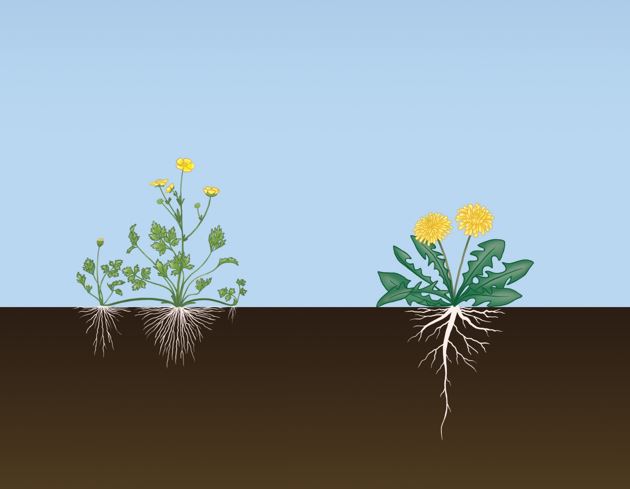
|
For best control, use Envy® at 2.0 Litres/ha.
|
Curled dock versus broad-leaved dock - what's the difference?
|
Broad-leaved dock (Rumex obtusifolius) and curled dock (Rumex crispus) are both problem weeds in grassland.
Broad-leaved dock characteristics:
- Broad lower leaves with an elongated heart shape
- Leaves are usually at least half as wide as they are long
- The flowering stems are well branched
- Flowering in late June or July and the fruits, when fully ripe, are a reddish-brown colour and often remain in clusters on the stems
- Individual plants of broad-leaved dock can be very long-lived, especially in pastures
|
Curled dock characteristics:
- Has narrower leaves, which are usually at least three times long as wide
- The leaf margins are often wavy
- The flowering stems are much less branched that those of broad-leaved dock and tend to be carried close to the main stem
- Growth habit can be quite erect in comparison to broad-leaved dock, thus reducing the spray target
- Flowering starts in early June
- Tends to be much shorter lived than broad-leaved dock and can behave as an annual or biennial in some situations, with plants dying after flowering
|
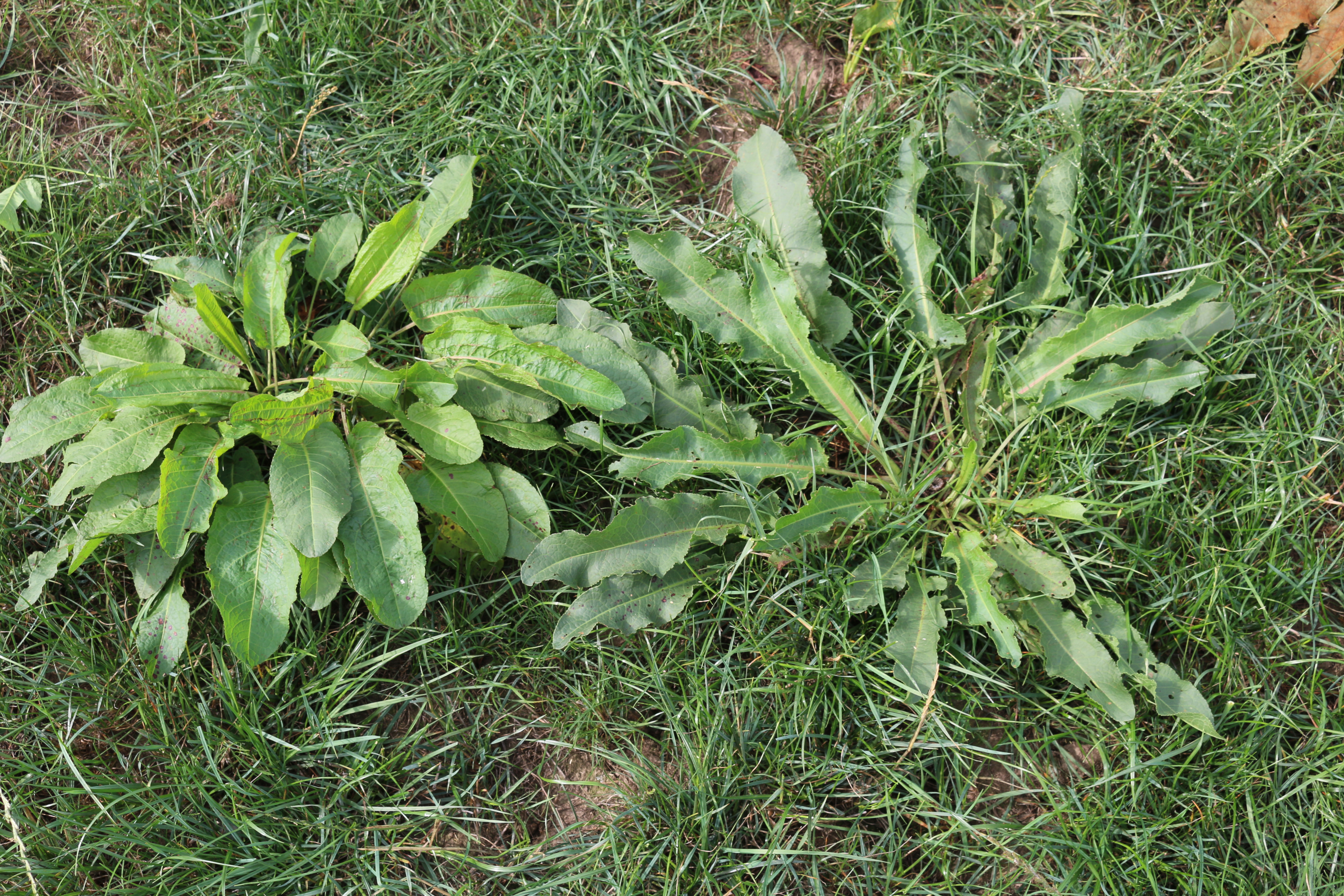
|
Both species occur in grassland and produce large numbers of seeds (>25,000 per plant), which are very persistent in the soil. In some situations, curled dock and broad-leaved dock can hybridise making identification difficult.
Doxstar® Pro will give control of both broad-leaved and curled dock.
|
Importance of timing a herbicide on a newly sown ley
|
Reseeding grassland is a major investment, but weeds frequently go untreated and grass establishment and subsequent productivity can be compromised. Chickweed, in particular, should not be allowed to swamp the young grass. When it dies away later in the year it leaves bare patches of soil which quickly get colonised by other weeds, notably docks.
Early treatment of seedling weeds is advisable as levels of control are higher and dose rates of herbicides are lower than that needed for more established weeds.
Product options:
- Chickweed: use Envy® at 1.0 Litres/ha
- Chickweed and docks: use Envy at 1.5 Litres/ha
- For a wider range of weeds including seedling thistles: use Leystar® at 1.0 Litres/ha
|
Controlling broad-leaved weeds in maize
|
Weed competition at the early stage of a maize crop can significantly affect its potential. Accent® is a highly effective broad-spectrum herbicide for weed control in forage maize. It contains nicosulfuron and has a label rate that delivers 45g active whereas many alternative nicosulfuron product options are limited to 40g active. Accent is frequently mixed with mesotrione to give additional broad leaved weed coverage and a comprehensive program of weed control.
Apply Accent at a rate of 60g/ha from the two-leaf stage (BBCH 12) up to and including the eight-leaf stage of crop growth (BBCH 18).
Leystar® is a wide spectrum broad-leaved weed herbicide containing three very effective active ingredients, which will give control of many broad-leaved weeds that emerge post-sowing, including weeds which are not particularly well controlled by mesotrione – notably: cleavers, thistles, sow thistles, knotgrass, and docks.
Leystar can be applied at a maximum dose rate of 1.0 L/ha, when maize is between the 3-6 leaf stage and before the crop is 20cm tall, up until 30 June. Do not apply once the buttress roots have started to develop on the first node. For optimum performance, check that weeds are within the specified size range before application.
|
BlueN - what is it and how does it work?
|
BlueN™ is a novel nutrient efficiency biostimulant for use in a broad range of crops, including maize. BlueN contains Methylobacterium symbioticum, a bacteria found in nature that fixes atmospheric nitrogen for use by the plant. BlueN provides a sustainable source of nitrogen that reduces dependency of nitrogen uptake from the soil and ensures the plant has access to nitrogen all season long.
|
So, how does it work?
- BlueN enters the plant through the stomata from where it can colonise the leaves.
- BlueN converts atmospheric N2 into ammonium which can be used by the plant.
- Plants generate methanol during normal growth which is used as a food source by BlueN ensuring reliable colonisation.
|
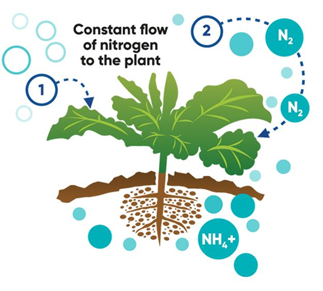
|
Click here to see Corteva’s Biologicals Field Technical Manager, Iuliia Kovalova, explain how BlueN works and the optimum conditions for application of BlueN this spring.
|
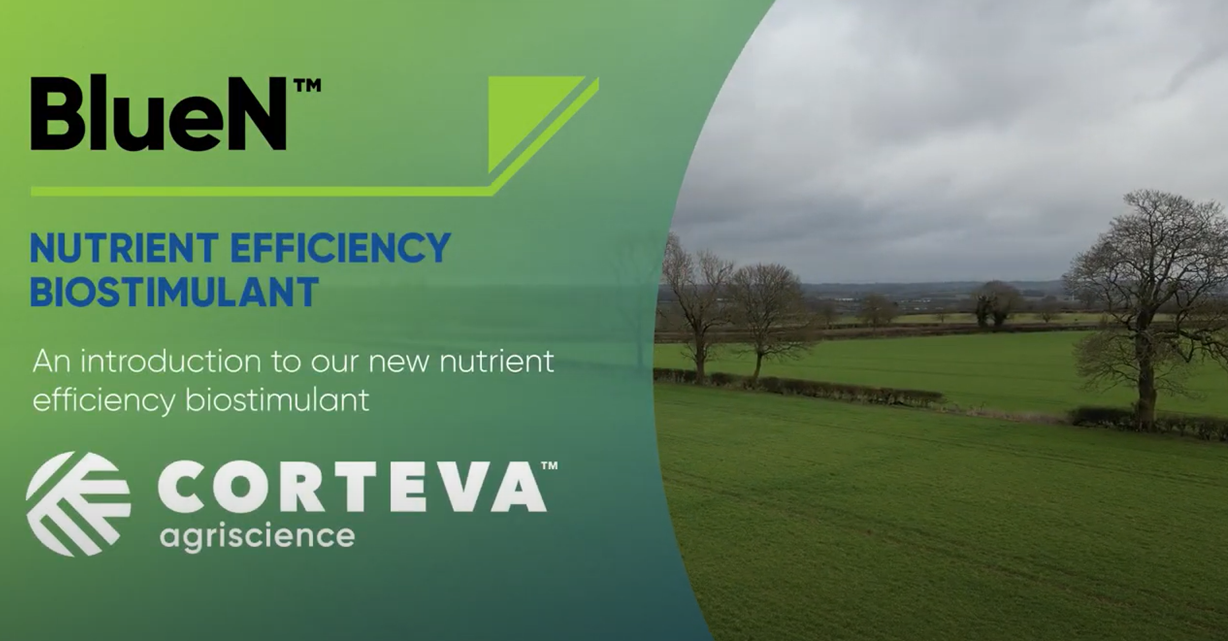
|
An introduction to BlueN™ with Iuliia Kovalova, Field Technical Manager for Biologicals in the UK at Corteva Agriscience.
|
Choosing the right Pioneer silage inoculant
|
Not sure which Pioneer silage inoculant is right for you? Take a look at the decision tree below or click here to find out more about our silage inoculant range.
|
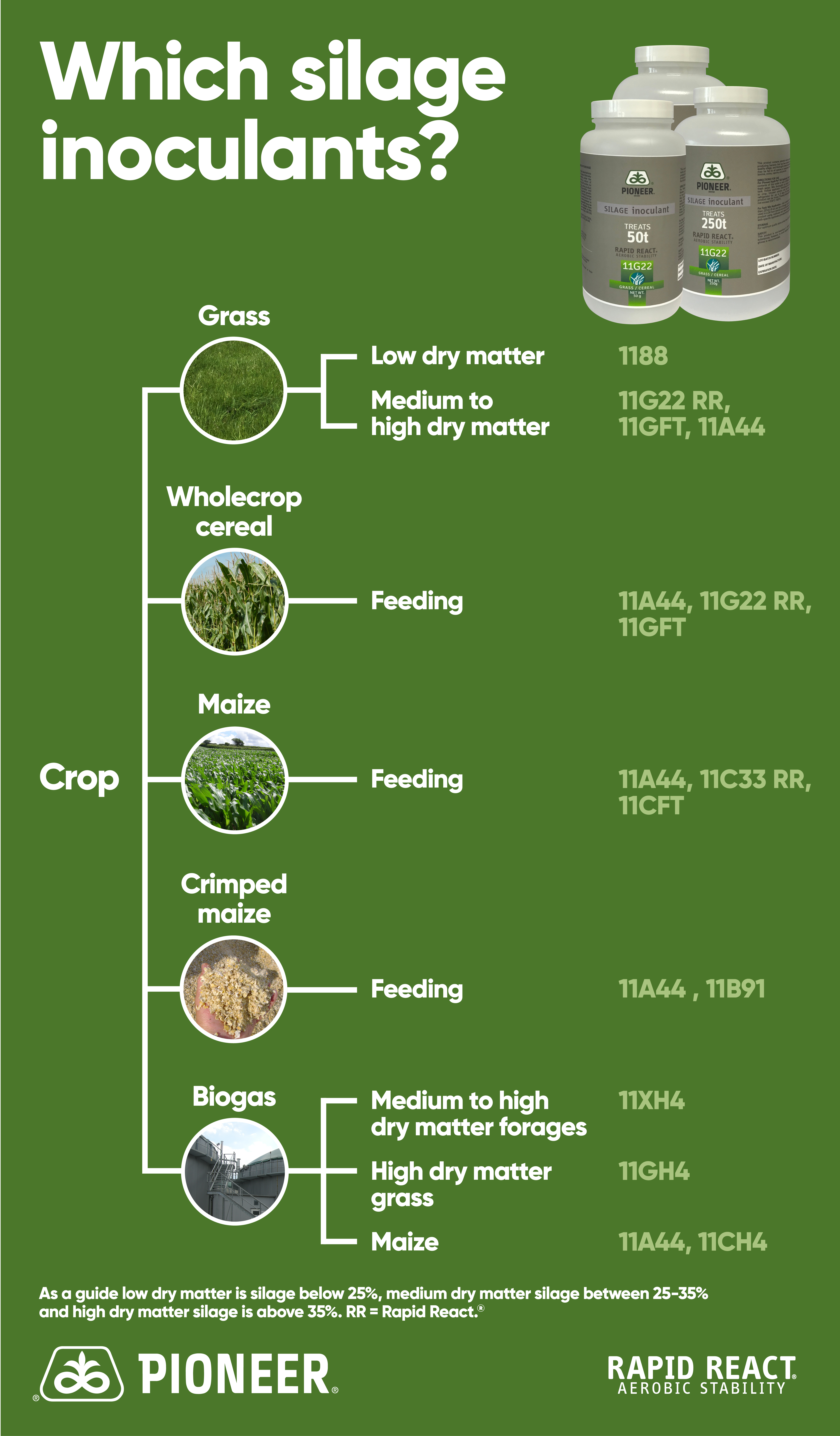
|
|
|
Q: The Doxstar® Pro label states a 28-day cutting interval. Can I spray closer to the cutting date?
A: Optimal control and complete decay of treated docks so that they won’t be included in cut grass destined for hay or silage will be at 28 days. You can reduce the cutting interval where necessary. At 14 days, 90% of the product will have reached the growing tips where it will have activity.
Q: Can I spray buttercups/dandelions once they have started flowering and still get good control?
A: Yes – optimal control is pre-flowering. However, you can expect circa 90% of the optimal control if spraying after this point.
Q: Should I use Envy or Leystar on my spring re-seed?
A: Leystar® gives the widest range of weed control and will include weeds like thistles, sow thistles & groundsel. If the focus is chickweed and seedling docks, or the newly sown ley is for cutting, then select Envy®.
|
|
|
2 BASIS points (1 crop protection and 1 personal development) will be awarded to those subscribing to the Forage Agronomy Update. Sign up to this e-newsletter to receive BASIS points.
|
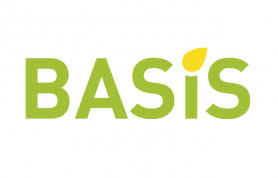
|
|
|